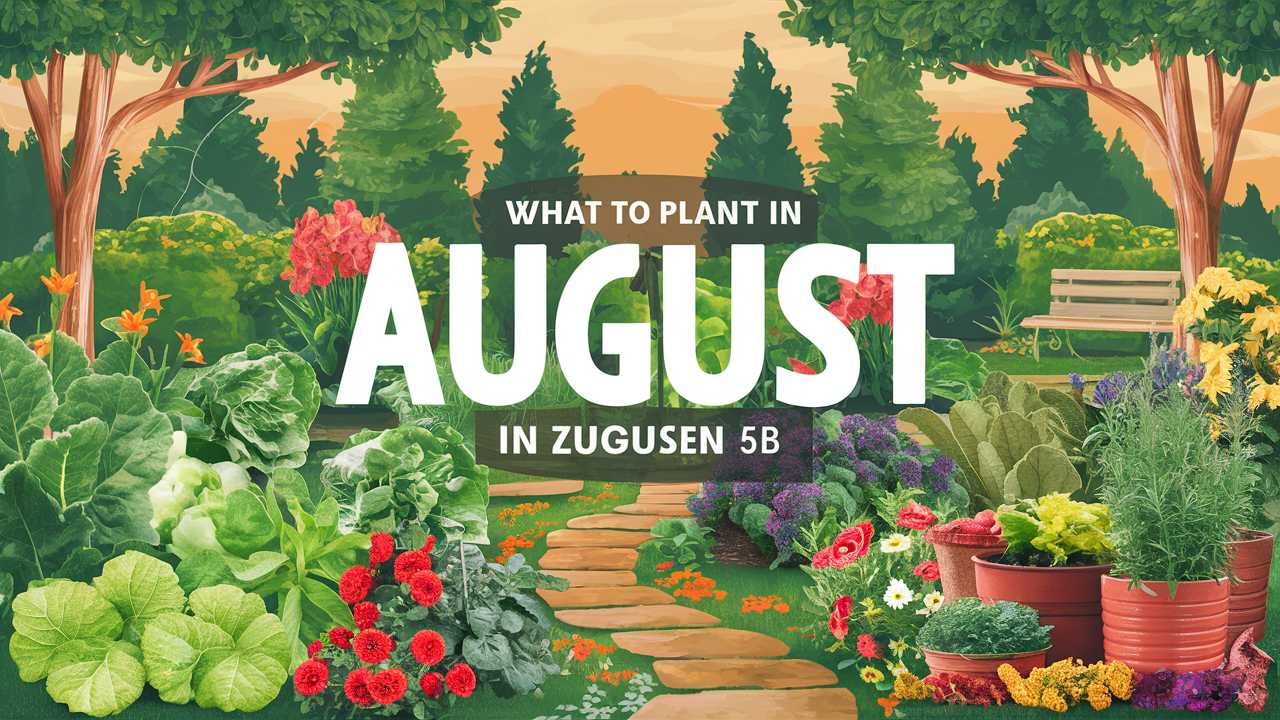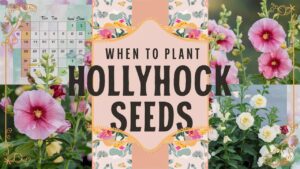August arrives in Zone 5b, a transitional phase in the growing season where gardeners can focus on planting for fall and even preparing for some winter crops. In this post, we will explore various plants: vegetables, flowers, herbs, and landscape plants that you can plant in August in Zone 5b.
Vegetables To Plant
The cool temperatures of late summer make August a suitable time to plant several vegetables that thrive in the crisper weather. Here are ten excellent choices for your Zone 5b garden:
Spinach
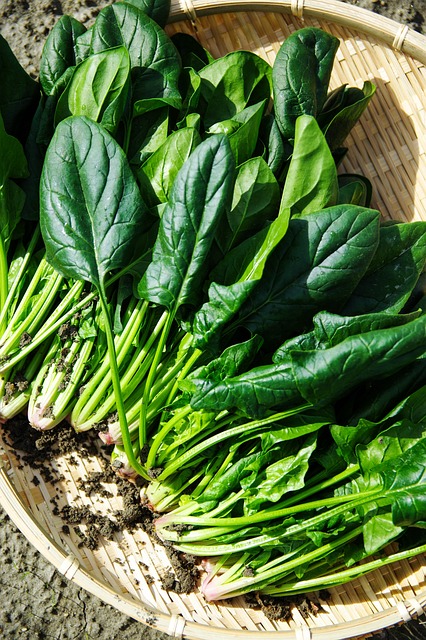
Spinach is well-suited for late summer planting. With its rapid growth, spinach can be sown directly into the garden until mid-August for a successful fall harvest. It prefers temperatures between 50°F and 70°F, making it ideal for the cooler months ahead. Spinach is a nutrient-dense leafy green that thrives in well-drained, fertile soil, and it can even survive light frosts, allowing you to enjoy fresh greens well into autumn.
Kale
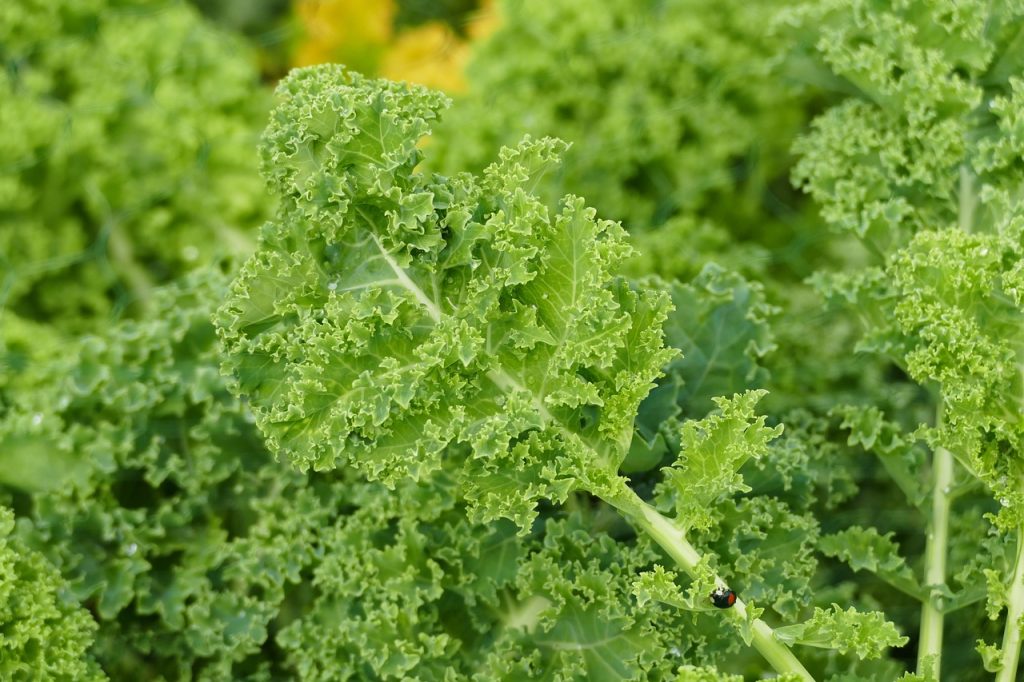
Another powerhouse of nutrition, kale can withstand temperatures as low as 20°F. Plant kale in late July or early August to allow for a harvest in late fall. This leafy green comes in different varieties, including curly, flat, and ornamental types, making it versatile for both culinary and aesthetic purposes. Kale not only grows well in cooler weather but also tastes sweeter after a frost, enhancing its flavor profile for late-season dishes.
Radishes
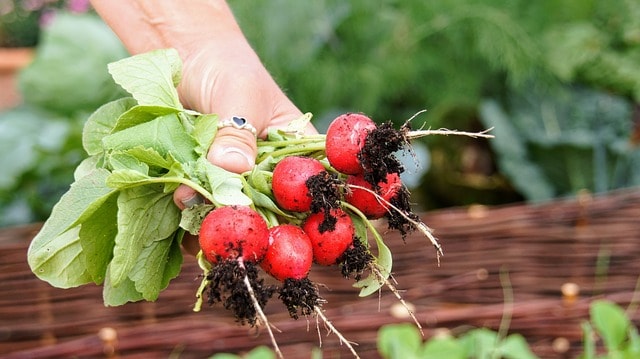
Radishes are fast-growing root vegetables that can be planted from late July into mid-August. They thrive in cooler weather and usually reach maturity in about 30 to 45 days, allowing for multiple plantings in a single season. Varieties like ‘Cherry Belle’ or ‘French Breakfast’ can be sown for a quick turnaround. They prefer well-drained soil and adequate sunlight for optimal growth.
Carrots
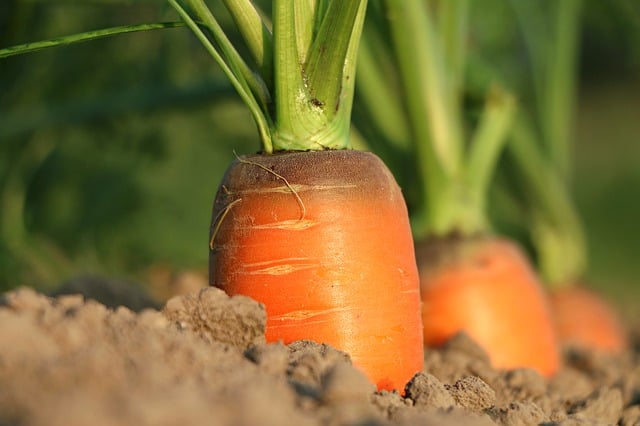
Carrots are another excellent choice for August planting. Although they take longer to mature—typically about 70 to 80 days—sowing them in August can yield sweet, tender roots that are perfect for late fall harvest. They perform best in deep, well-aerated soil to help their roots grow straight and long. Carrots can tolerate light frosts, which can help enhance their sweetness.
Swiss Chard
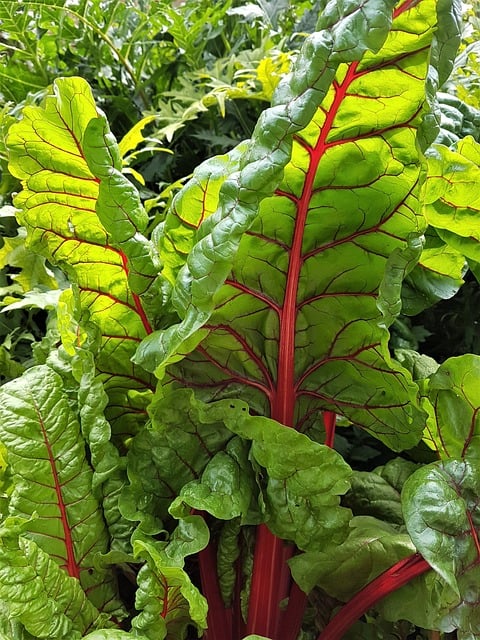
Swiss chard is a versatile leafy green that can thrive in various conditions. It can be planted in July and August and is capable of surviving temperatures down to 20°F. This vegetable is known for its vibrant, colorful stems and leaves, which can be harvested throughout the fall. Swiss chard loves nutrient-rich soil and regular watering for optimum growth. Its resilience makes it a staple in any fall garden.
Beans
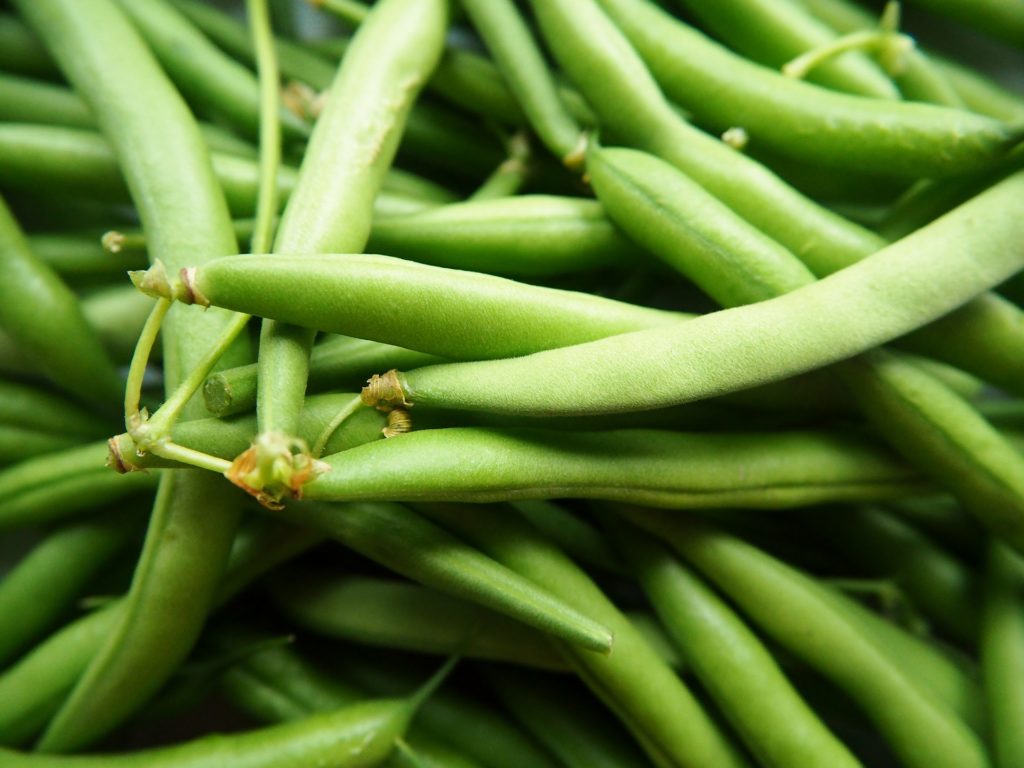
While some bean varieties may have already finished producing in the summer, there are late-maturing varieties, particularly bush beans, that can be sown in August, allowing them time to grow before the frost sets in. Varieties like ‘Contender’ and ‘Provider’ are excellent choices, maturing in about 50 to 60 days. They require plenty of sunlight and consistent watering; plus, they fix nitrogen in the soil, enriching your garden beds for future planting.
Beets
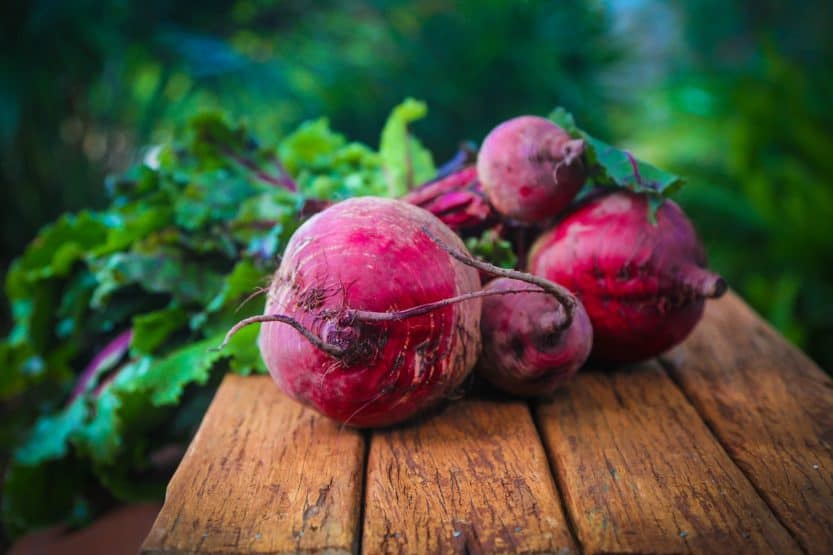
Beets can be another rewarding option for August planting, as they flourish in cooler weather. They typically take around 50 to 70 days to mature, and you can begin to harvest smaller roots as early as 30 days after sowing. Be sure to plant beets in well-drained soil fortified with organic matter to support their growth. The leaves are also edible and can be used in salads or cooked dishes, making beets a dual-purpose crop.
Turnips
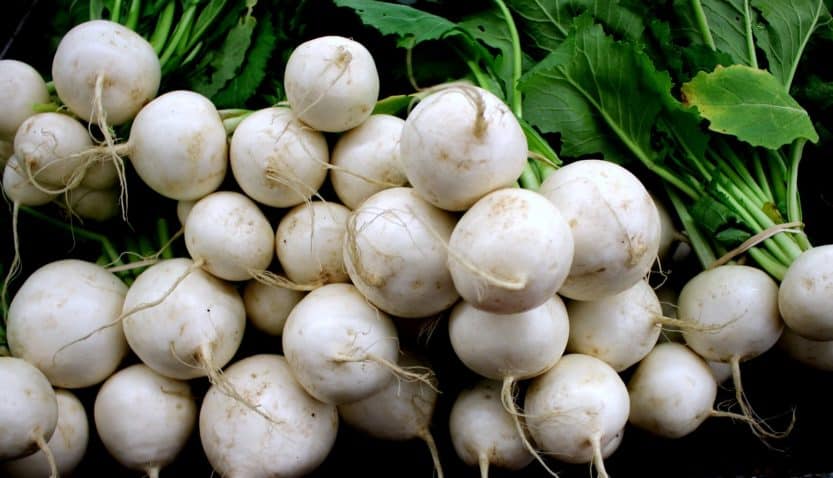
Turnips are an underrated cool-season vegetable that can be sown in late summer. They have a fast growth cycle of about 30 to 60 days, enabling quick harvests before colder temperatures set in. They prefer cool conditions and can withstand some frost, enhancing their flavor. Given their versatility, both the roots and greens are consumable, providing a range of culinary options.
Broccoli
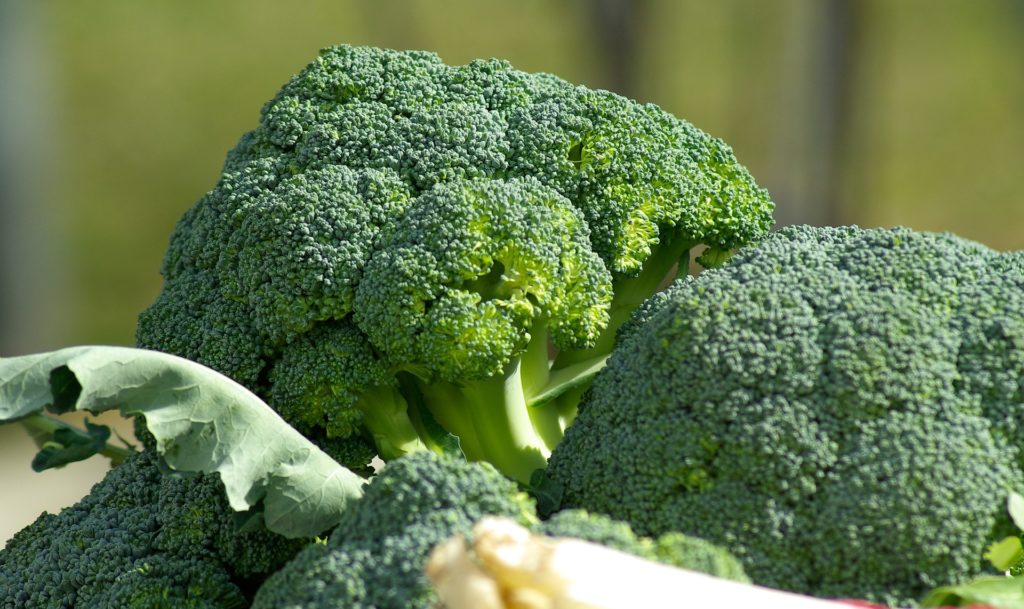
Broccoli is a popular fall crop that you can plant in August. It prefers cooler temperatures, thriving best when daytime temperatures are below 80°F. Start seeds indoors in early August and transplant seedlings into the garden around mid-August for a fall harvest. Broccoli is not only nutrient-rich but can also re-sprout after you harvest the main head, offering multiple crops from a single planting.
Lettuce
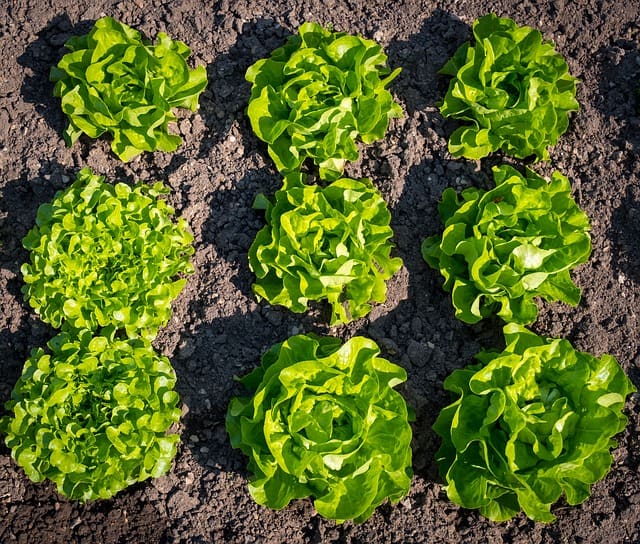
Lettuce is one of the most forgiving crops to plant in August. With a germination period of 7 to 14 days, you can start harvesting leaves around 30 days after planting. Various types of lettuce, including leaf, romaine, and butterhead, grow quickly in the cooler temperatures of late summer. Plant smaller amounts at regular intervals to provide a continuous supply of fresh greens.
Flowers To Plant
August is a great time to add some late-season color to your garden. These ten flowers not only thrive in Zone 5b but also can enhance your landscape just as summer transitions into autumn.
Aster
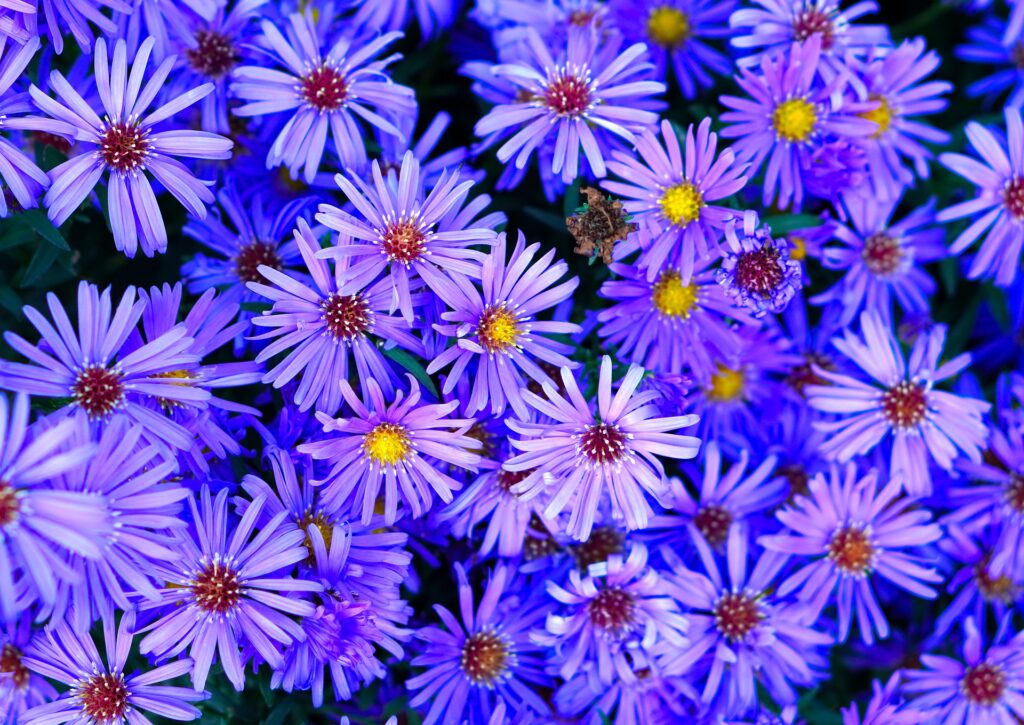
Asters are vibrant perennial flowers ideal for planting in August. Known for their daisy-like shape, they bloom in late summer and fall, attracting pollinators such as bees and butterflies. These flowers are hardy and can withstand the cooler temperatures of late summer and early fall. They thrive in well-drained soil and full sun, making them perfect for various garden settings.
Chrysanthemum
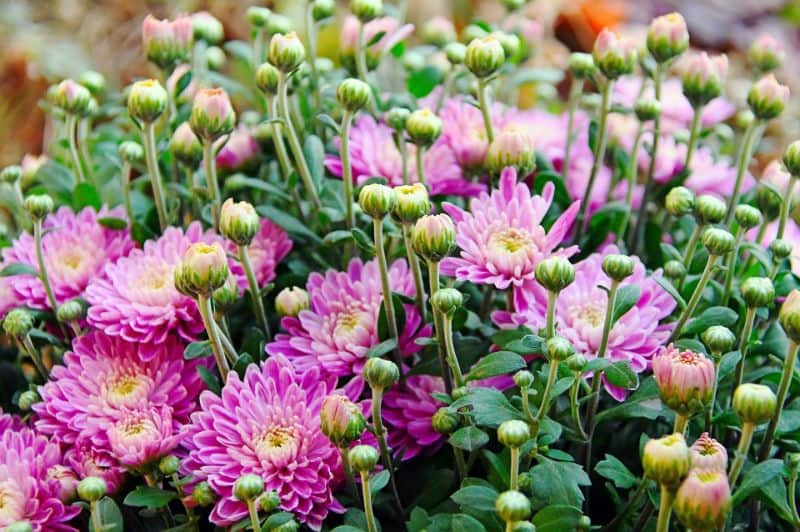
Often referred to as “mums,” chrysanthemums can be planted in late summer for a vibrant fall display. They bloom in an array of colors and are perfect for transplanting in August to capture the tail end of summer. Mums are relatively easy to grow, preferring well-drained soil and full sunlight. They can survive light frosts, extending their blooming period into early winter.
Sedum
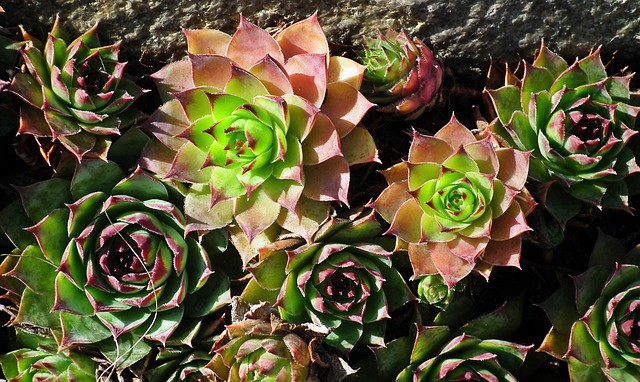
Sedum, also known as stonecrop, is a drought-tolerant perennial that is ideal for late summer planting. This succulent plant thrives in poor soil conditions and prefers full sun. With a unique ability to retain water, sedums are low-maintenance and can be a beautiful addition to rock gardens, borders, or containers. Some varieties bloom in late summer and fall, adding color to your garden when many other plants are finishing up.
Black-Eyed Susan
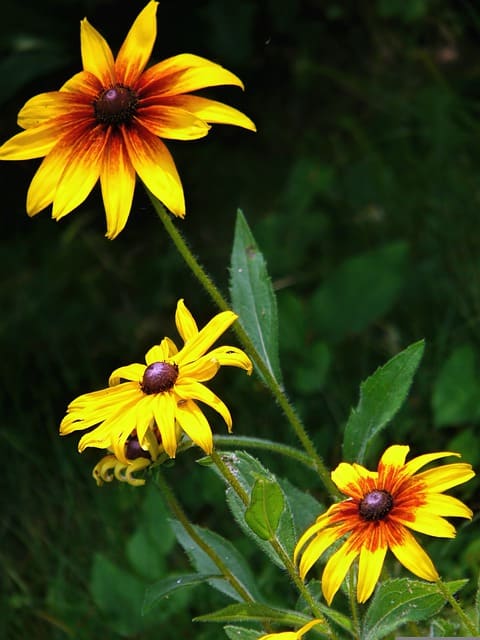
Black-eyed Susans are easy-to-grow perennials perfect for planting in August. Known for their bright yellow petals and dark centers, they provide a cheerful burst of color in the garden. These flowers are drought-tolerant once established and attract birds and butterflies. They flourish in well-drained soils and can handle a range of conditions, making them an excellent choice for novice gardeners and seasoned pros alike.
Zinnia
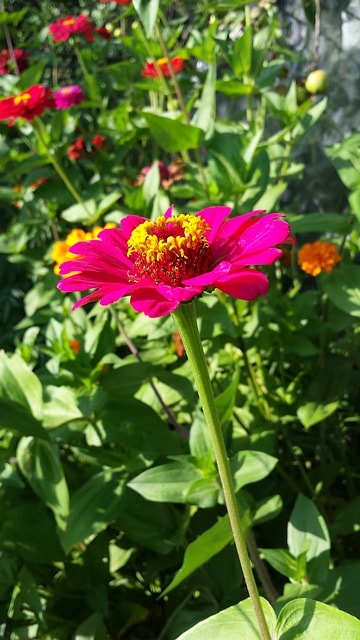
Zinnias are annual favorites for gardeners and can be directly sown in August for a late-summer explosion of color. These flowers thrive in full sun and well-drained soil, making them easy to grow. With a variety of types and colors available, zinnias are excellent for attracting pollinators and adding visual interest to beds or containers. They generally tolerate light frosts, extending their blooming period into fall.
Snapdragons
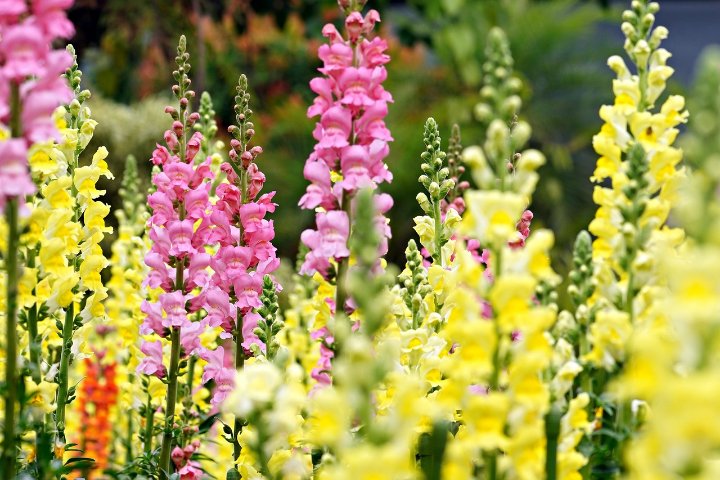
Snapdragons are ideal for planting in late summer, allowing for blooms that last into the fall months. These charming flowers come in a variety of colors and heights, making them perfect for borders, beds, or containers. Plant snapdragon seeds in fertile, well-drained soil and ensure they receive adequate sunlight. They can be cold-tolerant and may survive light frosts, providing continued beauty in cooler weather.
Pansies
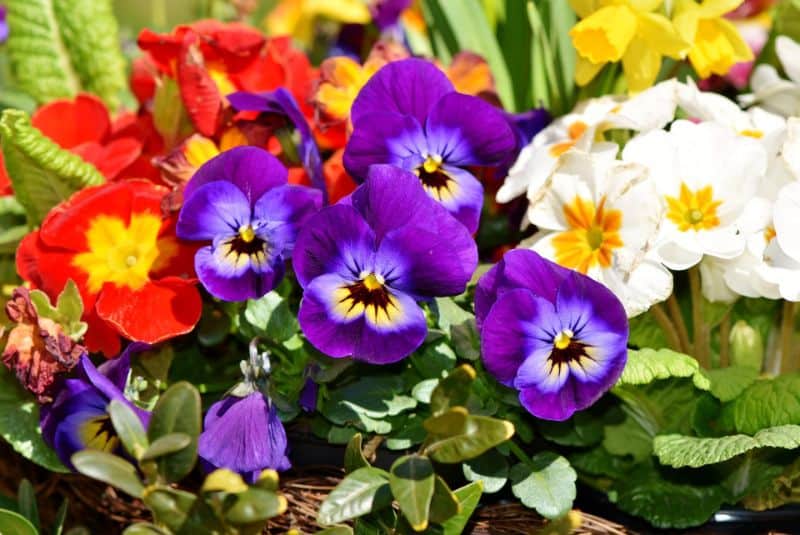
Pansies are popular for their vibrant colors and heart-shaped petals, making them an ideal choice for August planting. They are commonly used as fall and winter bedding plants because they can tolerate cold temperatures down to 25°F when properly established. They prefer cool-weather growing conditions, making your garden a stunning display as the temperatures begin to drop. Regular deadheading helps to promote continuous blooming.
Sweet Alyssum
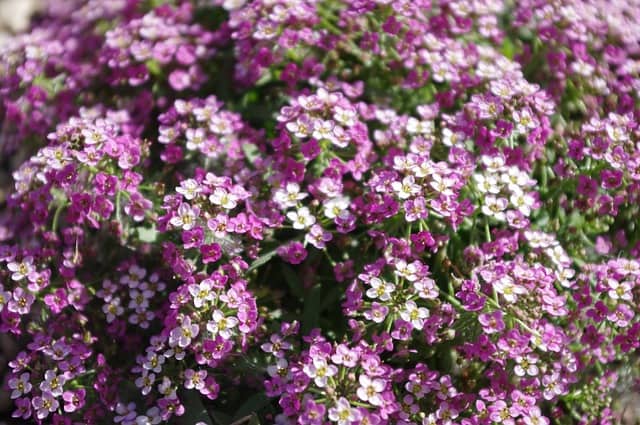
Sweet Alyssum is a hardy annual that produces delicate white, pink, or purple flowers and fragrant blooms. This charming plant can be sown directly outdoors in August and performs well in well-drained soils with full sun. Its adaptability to cooler temperatures allows it to flourish into late fall, attracting pollinators and beneficial insects while adding visual interest to your garden with its cascading growth habit.
Calendula
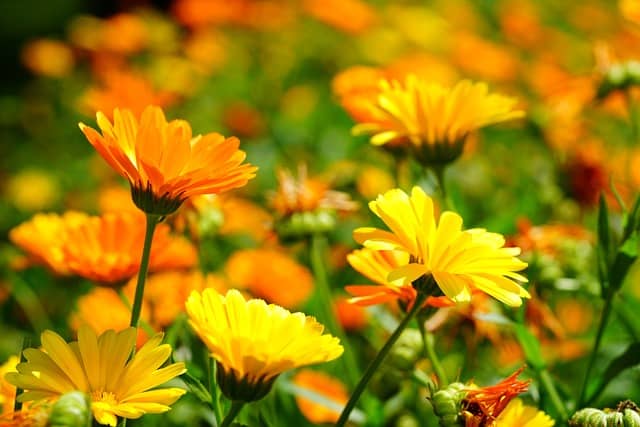
Calendula, or pot marigold, is a vibrant annual that you can plant in August for beautiful blooms in the fall. This flower prefers cooler temperatures and can thrive even with light frost. Known for its medicinal properties, calendula’s bright orange and yellow flowers can be harvested for use in salves and teas. They prefer well-drained soil and can readily self-seed for seasons to come.
Ornamental Grasses
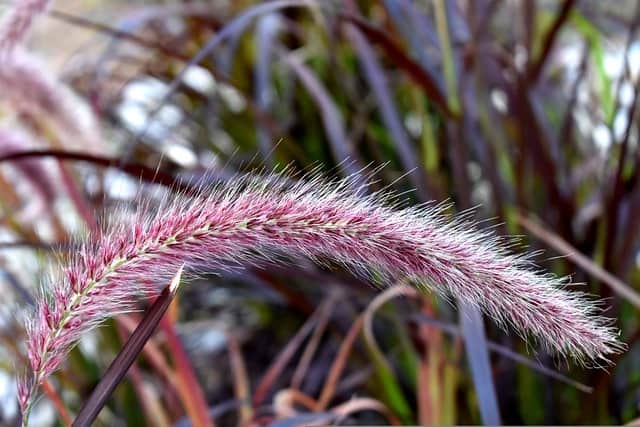
Ornamental grasses lend texture and movement to gardens and can be planted in August for fall beauty. Varieties such as ‘Miscanthus sinensis’ (Chinese feather grass) and ‘Pennisetum alopecuroides’ (fountain grass) thrive in Zone 5b. They are low-maintenance and drought-resistant, preferring sunny locations. Their graceful plumes and leaves remain visually appealing even after their blooming period ends, adding interest throughout winter.
Herbs To Plant
August is an excellent month to plant herbs that can thrive well into the cooler months, making flavorful additions to your kitchen. These ten herbs are perfect for planting in Zone 5b.
Basil
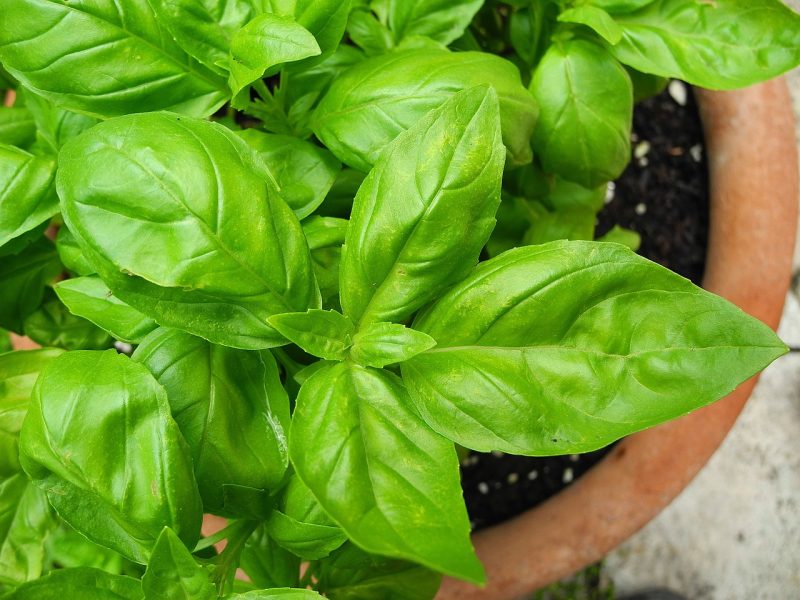
Basil is a beloved culinary herb that is often grown in summer but can still be planted in August for a late-season harvest. It thrives in warm, well-drained soil and requires full sun. While the plant prefers temperatures above 50°F, you will need to harvest it before a hard frost arrives. Regular trimming encourages bushier growth and prolongs your basil’s lifespan in the garden.
Cilantro
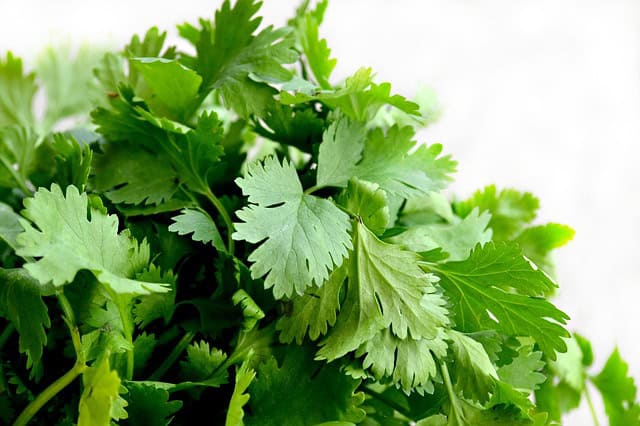
Cilantro is a cool-weather herb that you can plant in August to enjoy fresh leaves for fall dishes. This herb prefers cooler temperatures and can tolerate light frosts, making it a suitable option for planting late in the summer. Sow additional seeds every couple of weeks for a continuous harvest, as cilantro tends to bolt in hot weather.
Dill
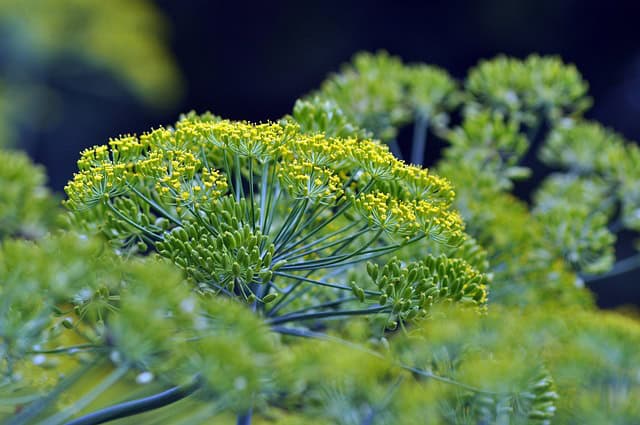
Dill is another herb suited well to late summer planting. It can tolerate the cooler nighttime temperatures of August and typically matures in about 40 to 60 days. Dill’s feathery leaves and aromatic seeds can enhance a variety of culinary creations, from pickles to salads, offering versatility in your kitchen. Ensure it receives full sun and well-drained soil, and consider planting new seeds every few weeks for a steady supply.
Chives
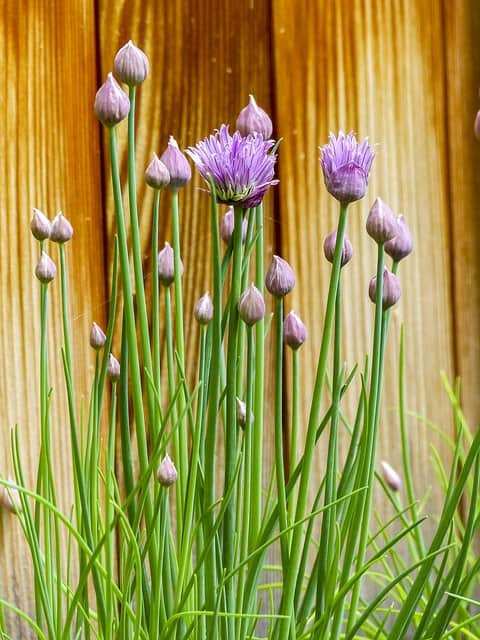
Chives are hardy, perennial herbs that can be sown in August. They thrive in well-drained soil and full sun, making them easy to grow. With their mild onion flavor, chives can be harvested as needed and will continue to grow year-round in many locations. They can also withstand moderate frost, offering fresh herbs even in late fall.
Parsley
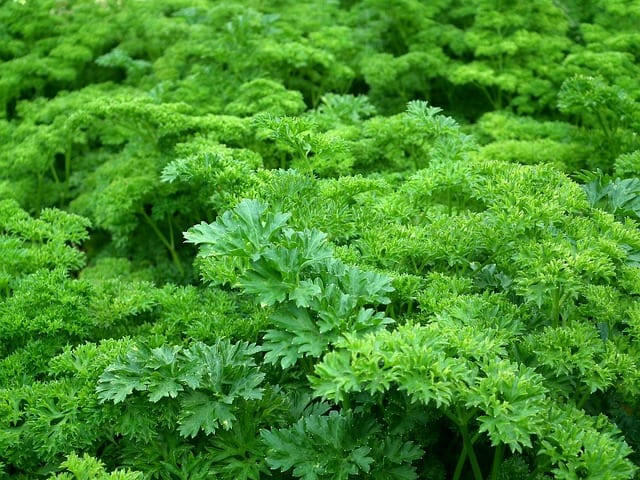
Flat-leaf and curly parsley can both be planted in August and will thrive into the cooler months. This biennial herb prefers well-drained, rich soil and requires regular watering to maintain moisture levels. Parsley can tolerate cold weather, allowing you to harvest leaves even after frost sets in. Regular harvesting encourages renewed growth, providing a steady supply of fresh herbs.
Oregano
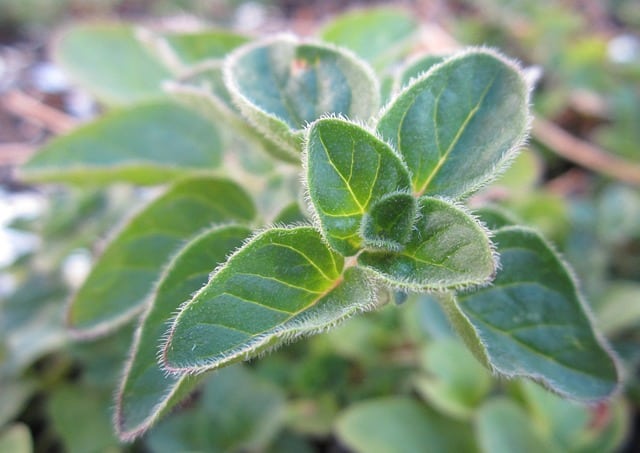
Oregano is a perennial herb that can be planted in August and will establish itself for harvest in succeeding seasons. It prefers warm, sunny locations but can also withstand cooler temperatures in the fall. Oregano has a robust flavor and is an essential ingredient in many Mediterranean dishes. It is drought-tolerant, making it a resilient option for herb gardens.
Thyme
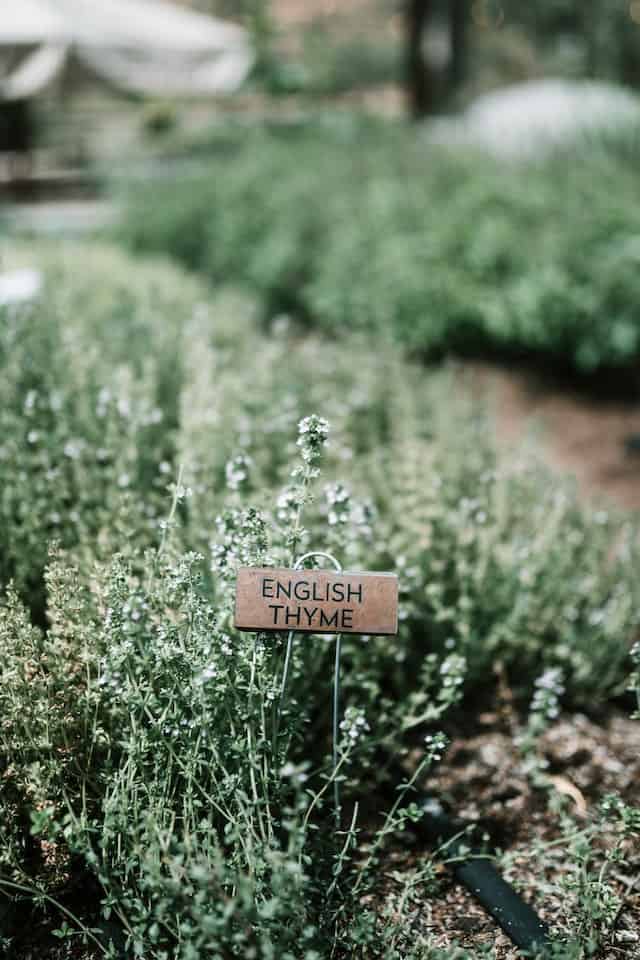
Thyme is a hardy perennial herb that can thrive in various conditions. You can plant thyme in August to enjoy a bountiful harvest that may last through the winter. It prefers well-drained, rocky soil and full sun. Thyme is drought-resistant and provides a strong flavor for various culinary uses. After the first frost, thyme can still produce flavorful leaves, making it a valuable addition to your herb garden.
Tarragon
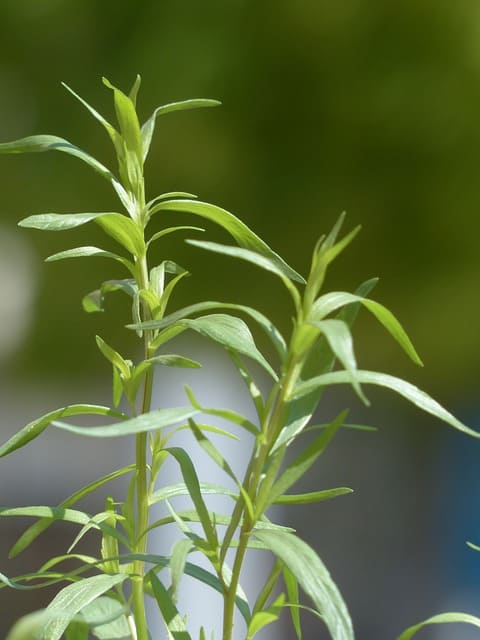
Tarragon is a perennial herb that can be planted in August in Zone 5b. This aromatic herb prefers well-drained soils and full sun, establishing itself before the onset of the cooler months. French tarragon is especially prized for its culinary uses, adding a unique flavor to sauces and dressings. Regular harvesting encourages growth, and it can even thrive in slightly neglected garden areas.
Mint
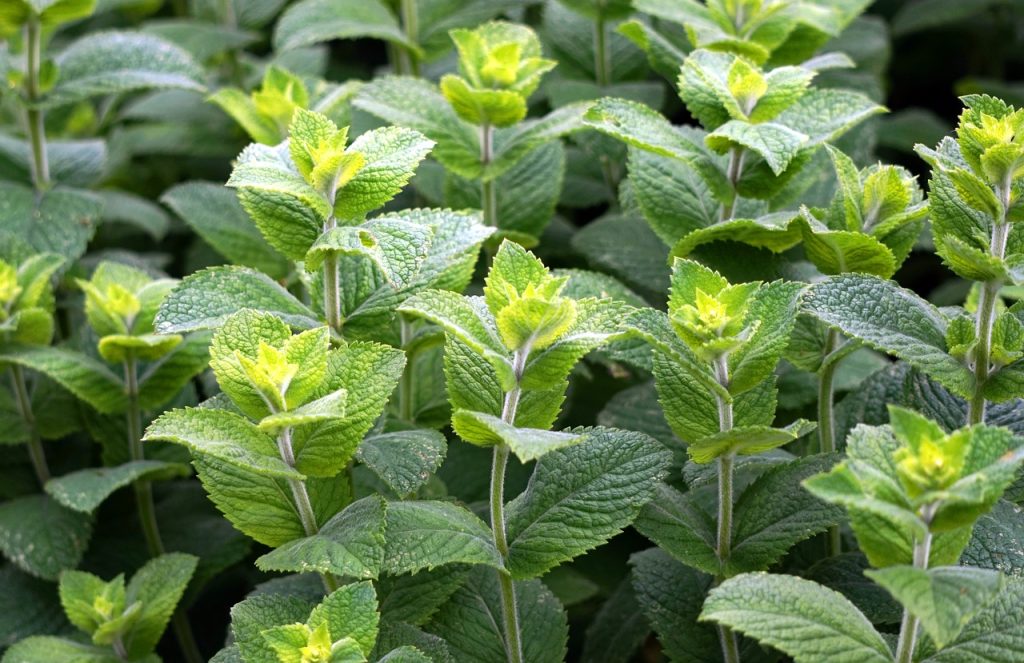
Mint is an aggressively growing herb that can be planted in August. It prefers a sunny spot but can also tolerate partial shade, making it versatile for various garden layouts. Mint can survive cold weather and will continue to grow until a hard freeze. Plant mint in containers to contain its roots, which can spread rapidly. The fresh leaves can enhance a wide range of culinary dishes and beverages.
Sage
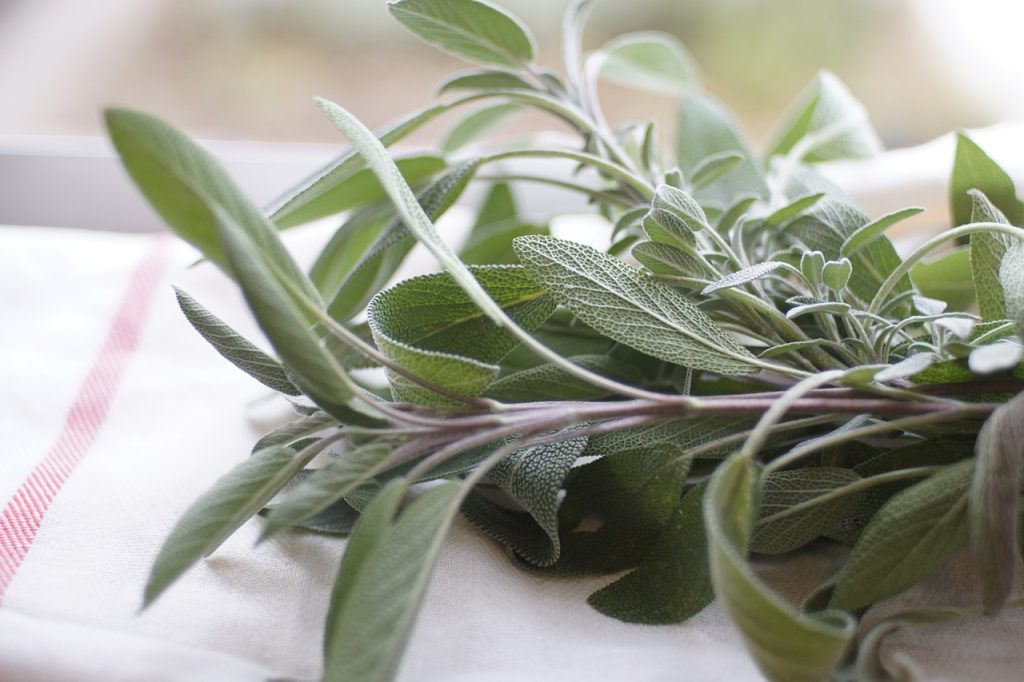
Sage is a hardy perennial herb that can be planted in August, taking advantage of the cooler weather for establishment. It prefers well-drained soil and full sun, and it can withstand temperatures down to -10°F when established. Sage is an aromatic herb essential for various savory recipes, making it a gratifying addition to your herb garden. Regular pruning helps shape the plant for optimal growth and encourages new leaf production.
Landscape Plants To Plant
August is the perfect time to prepare for the next growing season by planting perennial and ornamental landscape plants that will thrive in Zone 5b. These ten options will add beauty and resilience to your landscaping.
Hosta
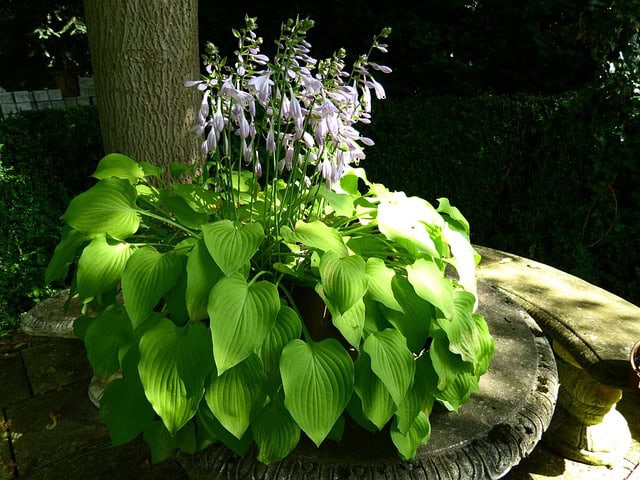
Hostas are beloved shade-loving perennials known for their stunning foliage. Plant them in August to allow their root systems to establish before winter. They thrive in moist, well-drained soil, and you can choose from a variety of colors and sizes. Hosta leaves can endure frost, making them a profound choice for shaded landscape areas.
Daylily
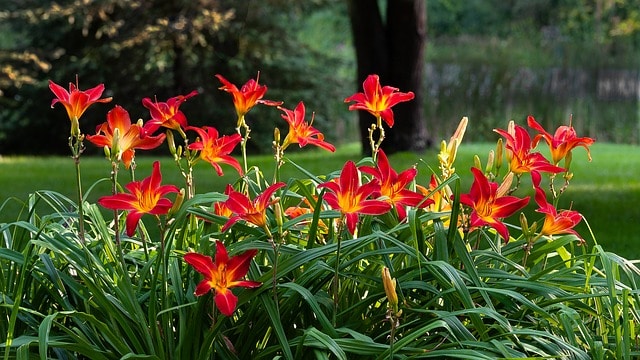
Daylilies are versatile perennials that bloom profusely and can be planted in late summer. They are hardy and can tolerate a variety of soil types, preferring full sun to partial shade. Daylilies produce vibrant blooms in many colors, adding beauty to gardens. They are drought-tolerant once established and can offer continuous blooms throughout the summer.
Astilbe
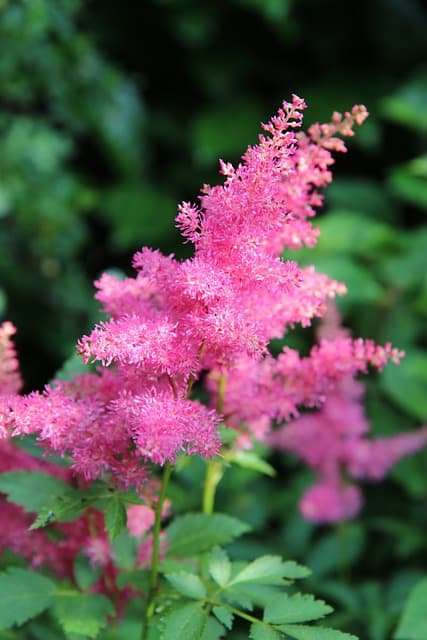
Astilbe is a perennial plant that thrives in shaded or partially shaded locations. Planting these during August provides ample time for root establishment. Their feathery plumes bloom in shades of pink, white, and red in late summer, enhancing your garden with texture. Astilbe prefers consistently moist soil, so ensure that it is well-irrigated, especially during establishment.
Coneflower
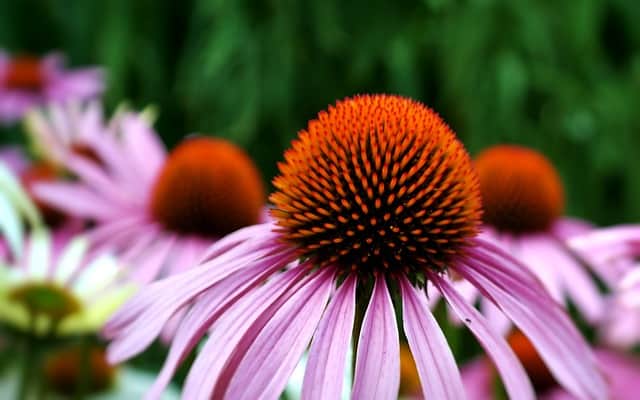
Coneflowers, or Echinacea, are fast-growing, drought-tolerant perennials that do well with late summer plantings. They bloom from mid-summer to fall, attracting pollinators and beneficial insects. These resilient plants can handle varying soil types and prefer full sun. Coneflowers are not only beautiful but also possess medicinal properties, making them an excellent addition to your landscape.
Phlox
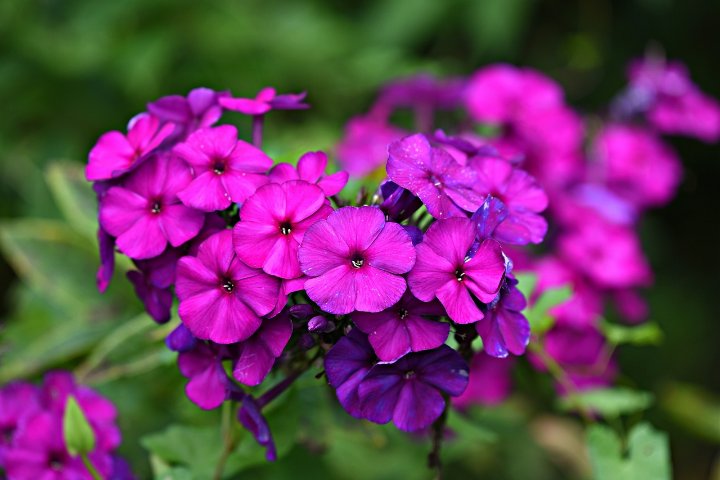
Phlox is known for its beautiful flowers and can be planted in August for a late summer to fall display. These perennials thrive best in fertile, well-drained soil and full sun. The wide variety of colors and forms makes phlox suitable for various garden styles. Once established, phlox can survive light tor moderate frost, providing enduring beauty in late summer and fall.
Ornamental Cabbage and Kale
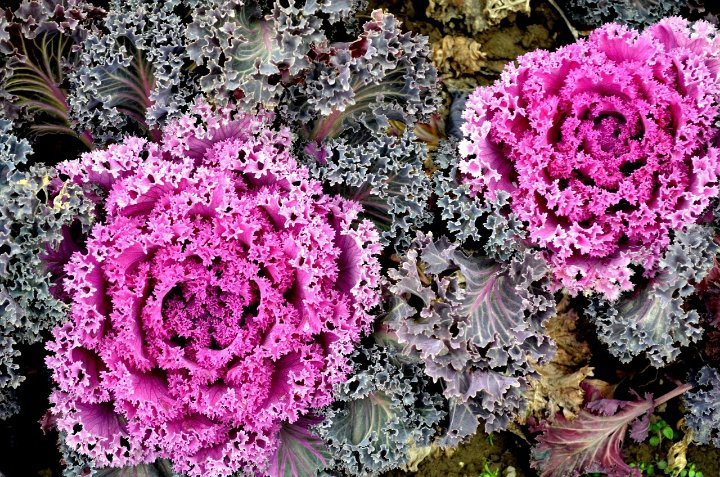
Ornamental cabbage and kale thrive in Zone 5b and can be planted in August. They flourish in cooler temperatures, offering stunning foliage colors and textures for fall gardens. These plants do well in well-drained soils with exposure to sunlight. They can withstand light frosts, making them perfect for adding vibrancy to landscape designs heading into the colder months.
Yarrow
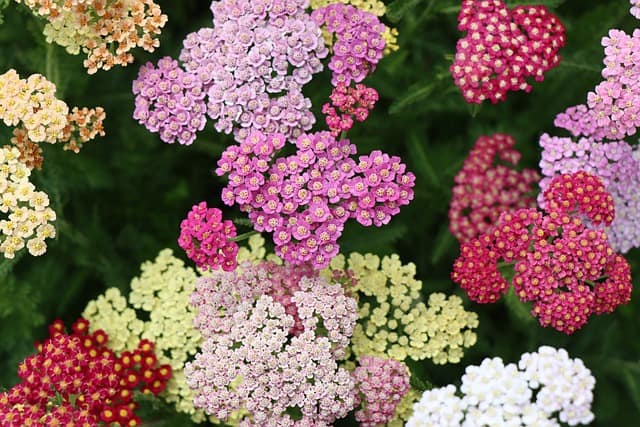
Yarrow is a perennial known for its drought tolerance and ability to thrive in various soil conditions. It makes an excellent choice for planting in August, allowing time for roots to establish. This hardy plant produces flat-topped clusters of flowers in vibrant shades, attracting butterflies while providing color from summer into fall. Yarrow’s resilience and low maintenance make it ideal for perennial gardens.
Barberry
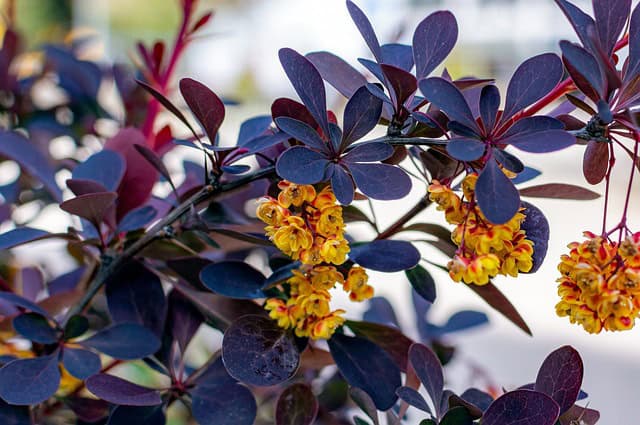
Barberry is a versatile deciduous shrub that can provide a colorful addition to your landscape. Planting them in August gives them plenty of time to establish before winter. These shrubs are hardy in cold climates and will thrive in poor soil conditions. With vibrant fall foliage and tiny, colorful berries, barberry adds seasonal interest and can act as a natural barrier or hedge.
Lilies

Lilies are perennial bulbs that can be planted in August for stunning summer blooms next year. Plants like Asiatic and Oriental lilies boast vibrant flowers that can brighten any garden space. They thrive in well-drained soils that retain moisture, and many lily varieties are cold-hardy, surviving winter conditions. Once established, these beautiful flowers can return every year with minimal maintenance.
Spirea

Spirea is a hardy shrub that provides exceptional spring and summer blooms. Planting them in August allows time for root development before frost, ensuring they’ll thrive in the following season. These shrubs thrive in well-drained soil and full sun, and many varieties offer attractive fall foliage. Spirea is relatively low-maintenance and resistant to disease and pests, making it a reliable addition to any garden.


